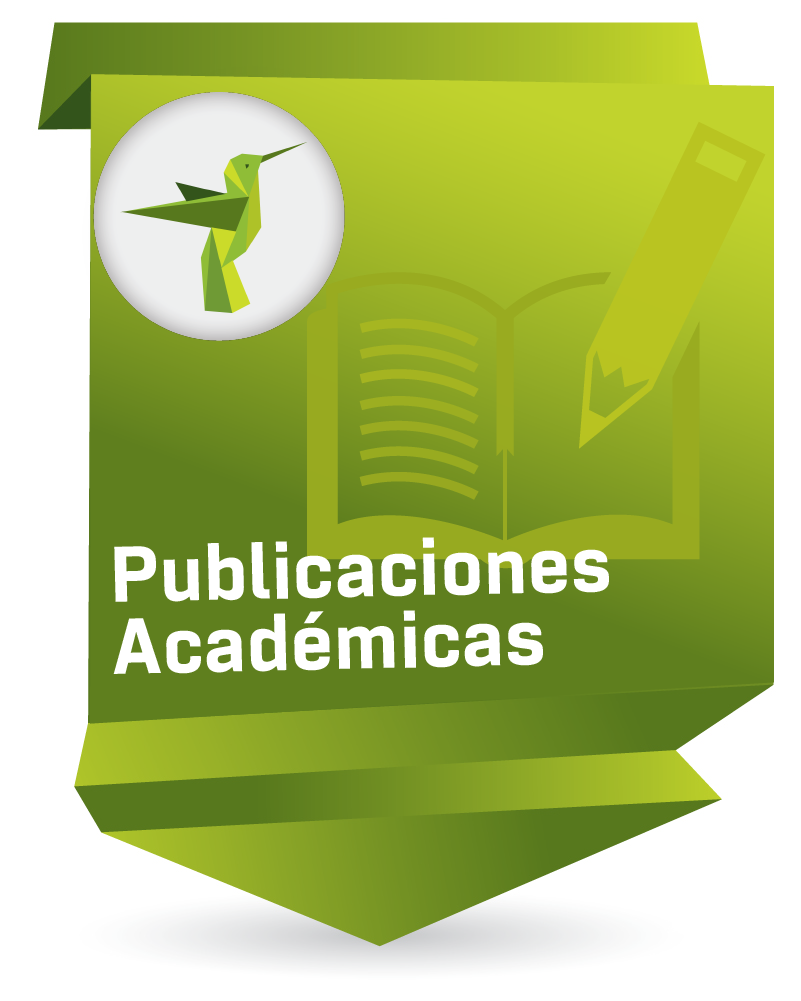Teaching English Vocabulary to Higher Technical Professional Education Students. Chilean Sign Language as a Multimodal Strategy
Enseñanza de vocabulario en inglés a estudiantes de educación superior técnico profesional. Lengua de señas chilena como estrategia multimodal

Enlaces del Item
URI: http://hdl.handle.net/10818/49818Visitar enlace: https://laclil.unisabana.edu.c ...
ISSN: 2011-6721
DOI: 10.5294/laclil.2021.14.1.4
Compartir
Estadísticas
Ver Estadísticas de usoCatalogación bibliográfica
Mostrar el registro completo del ítemFecha
11/22/2021Resumen
Chilean adults report a low level of English proficiency compared to their OECD peersFor this reason, the teaching methodologies of this foreign language should become more relevant in tertiary education, especially in Higher Technical Professional Education (ESTP). The research objective was to determine the effect of a didactic strategy for teaching English vocabulary that incorporates the use of Chilean Sign Language and the manual alphabet in the production of isolated oral vocabulary in ESTP students. A quantitative methodology and a quasi-experimental design were used in the study. Two groups of 30 people between the ages of 16 and 44 participated, to whom an instrument was applied to evaluate the oral productive vocabulary in four categories of words. One of the groups underwent the designed multimodal teaching strategy and the other group received traditional vocabulary instruction by oral repetition. After the intervention,
both groups were evaluated with the same instrument. Nonparametric analyses concluded that the multimodal teaching strategy implemented with the experimental group produced a short-term positive effect on the oral production of the isolated vocabulary of the students, as compared to the control group. Los adultos chilenos poseen bajo dominio del idioma inglés respecto a sus pares de la Organización para la Cooperación y el Desarrollo Económico (OCDE). Para mejorar estos resultados, es necesario diversificar las metodologías de enseñanza de dicha lengua, especialmente en la Edu-cación Superior Técnico Profesional (ESTP). El objetivo del estudio fue determinar el efecto de una estrategia didáctica multimodal para la enseñanza de vocabulario oral aislado en inglés, usando lengua de señas chilena (LSCh) y alfabeto manual. Se utilizó una metodología cuantitativa y un diseño cuasi experimental con pre y postest. Se conformaron dos grupos de 30 participantes cada uno, con edades entre 16 y 44 años, a quienes se evaluó el vocabulario productivo oral. El grupo experimental recibió la estrategia didáctica diseñada y el grupo control recibió enseñanza tradi-cional. Los análisis realizados concluyen que la estrategia implementada en el grupo experimental produjo un efecto positivo en la producción oral de vocabulario, comparado con el grupo control.
Palabras clave
Ubicación
Latin American Journal of Content &Amp; Language Integrated Learning, 14(1), 99–122

















